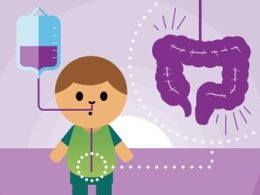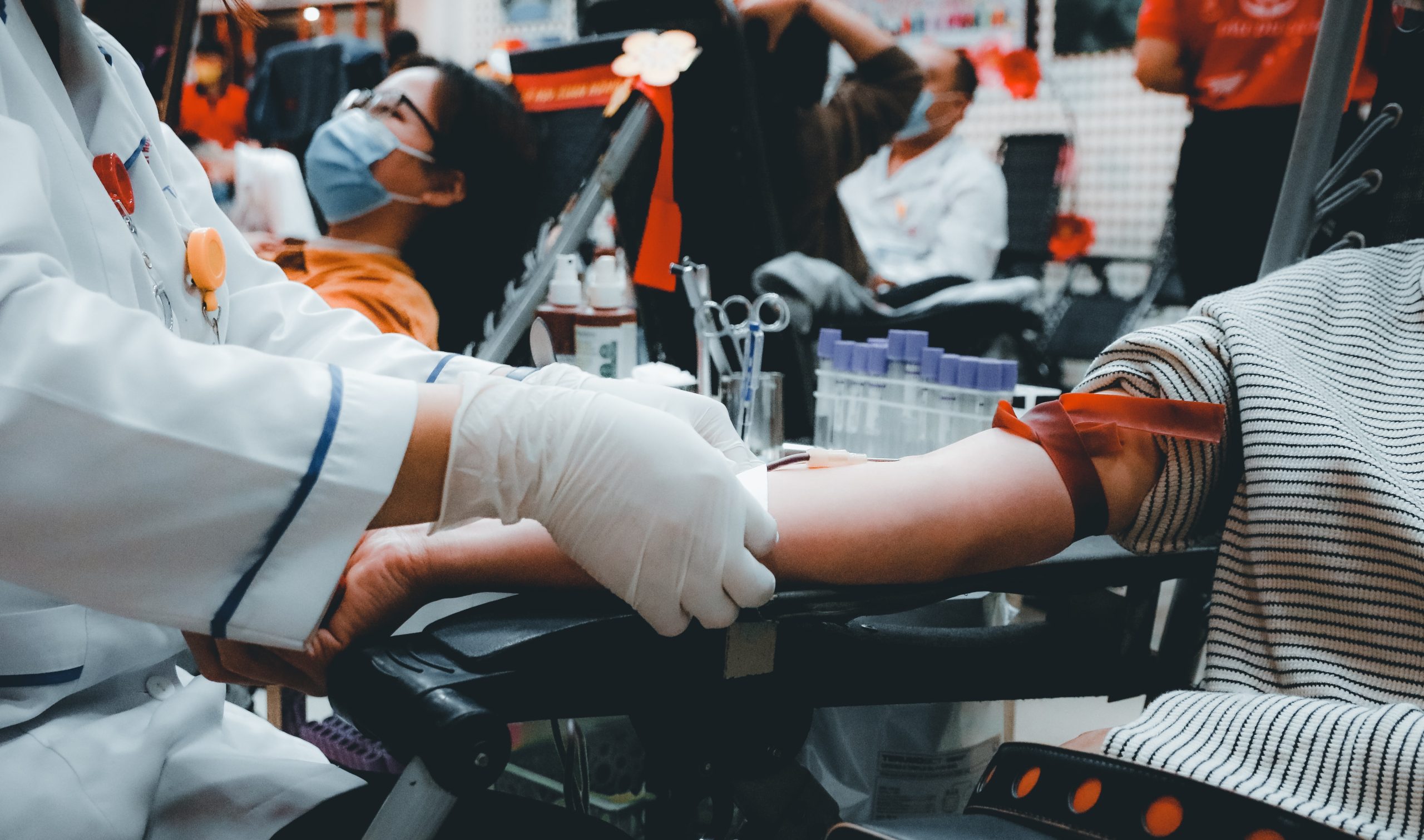Childhood obesity is a growing epidemic that has caught the attention of health experts around the world. According to the World Health Organization (WHO), the number of children and adolescents who are overweight or obese has risen dramatically over the last few decades, and the trend shows no sign of slowing down. While many people believe that childhood obesity is just a cosmetic concern, it is far more than that.
The health risks associated with childhood obesity are significant and wide-ranging. Here are some of the most important reasons why childhood obesity is more than just a cosmetic concern:
- Cardiovascular Disease: Children who are obese are at a higher risk of developing cardiovascular disease, which can lead to heart attacks, strokes, and other life-threatening conditions. The excess weight puts a strain on the heart and can lead to high blood pressure and high cholesterol levels.
- Type 2 Diabetes: Obesity is a leading cause of type 2 diabetes, a chronic condition that can lead to kidney disease, blindness, and even amputations. The number of children and adolescents with type 2 diabetes has increased significantly in recent years.
- Respiratory Problems: Obese children are more likely to experience breathing difficulties and sleep apnea, a condition in which breathing stops and starts during sleep. This can lead to fatigue, poor concentration, and other health problems.
- Mental Health Issues: Children who are obese are more likely to experience mental health issues such as depression, anxiety, and low self-esteem. This can lead to social isolation and further exacerbate the problem of obesity.
- Orthopedic Issues: Excess weight puts a strain on the bones and joints, which can lead to orthopedic problems such as joint pain, arthritis, and back pain.
It is clear that childhood obesity is more than just a cosmetic concern. The health risks associated with this epidemic are significant and can lead to lifelong health problems. However, there are steps that can be taken to prevent and treat childhood obesity.
The first step is to encourage healthy eating habits. This includes providing children with nutritious meals and snacks, limiting their intake of sugary drinks and snacks, and encouraging them to eat more fruits, vegetables, and whole grains.
The second step is to increase physical activity. Children should be encouraged to engage in physical activity for at least 60 minutes every day. This can include activities such as playing sports, dancing, or simply going for a walk.
Parents and caregivers can also set a good example by leading a healthy lifestyle themselves. This includes eating healthy, engaging in regular physical activity, and limiting screen time.
Finally, it is important to seek medical help if a child is already obese. A pediatrician or nutritionist can develop a personalized plan to help the child lose weight and maintain a healthy lifestyle.
In conclusion, childhood obesity is far more than just a cosmetic concern. The health risks associated with this epidemic are significant and can lead to lifelong health problems. However, by encouraging healthy eating habits, increasing physical activity, setting a good example, and seeking medical help, we can help prevent and treat childhood obesity and ensure that our children live long, healthy lives.










